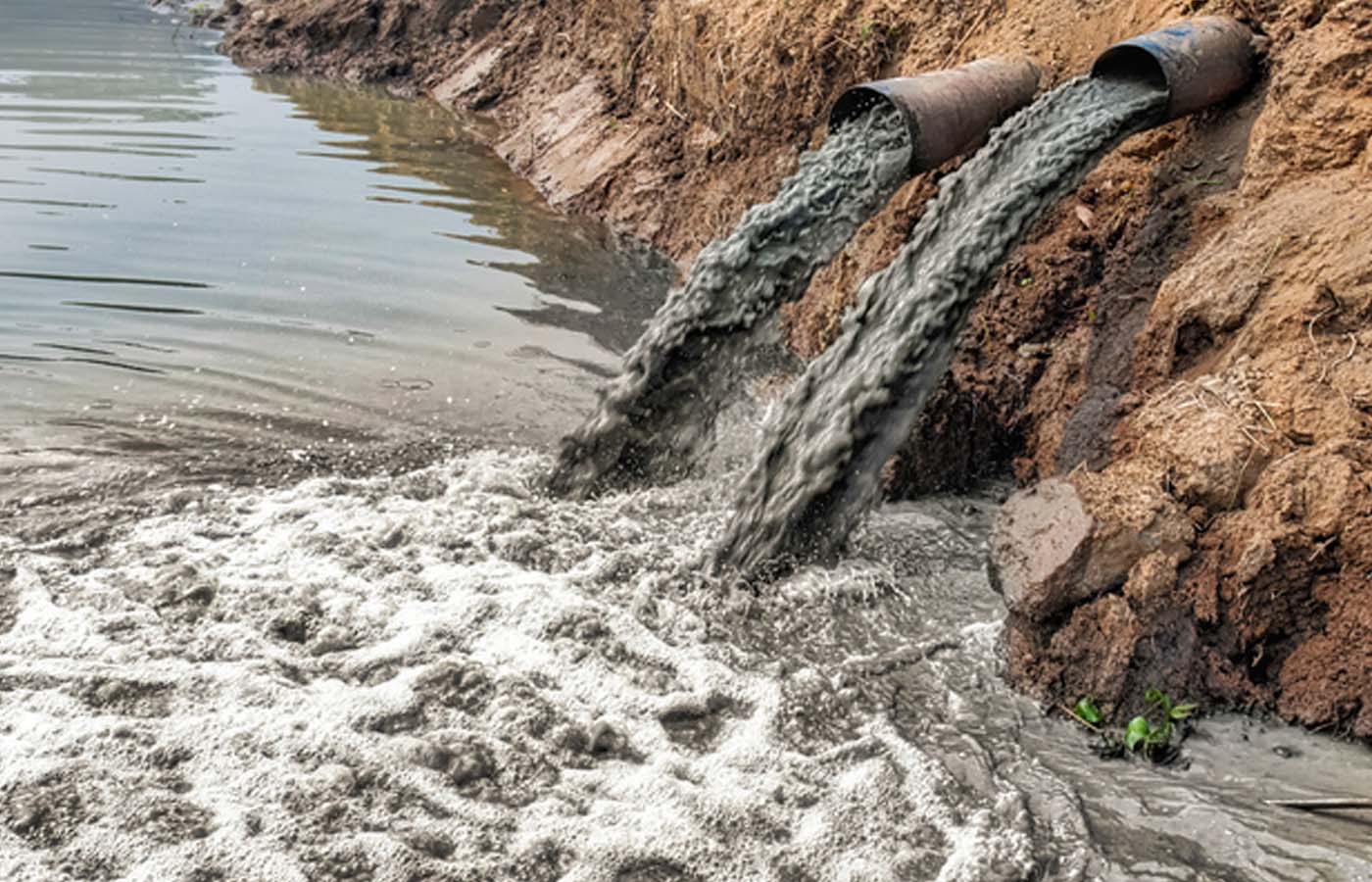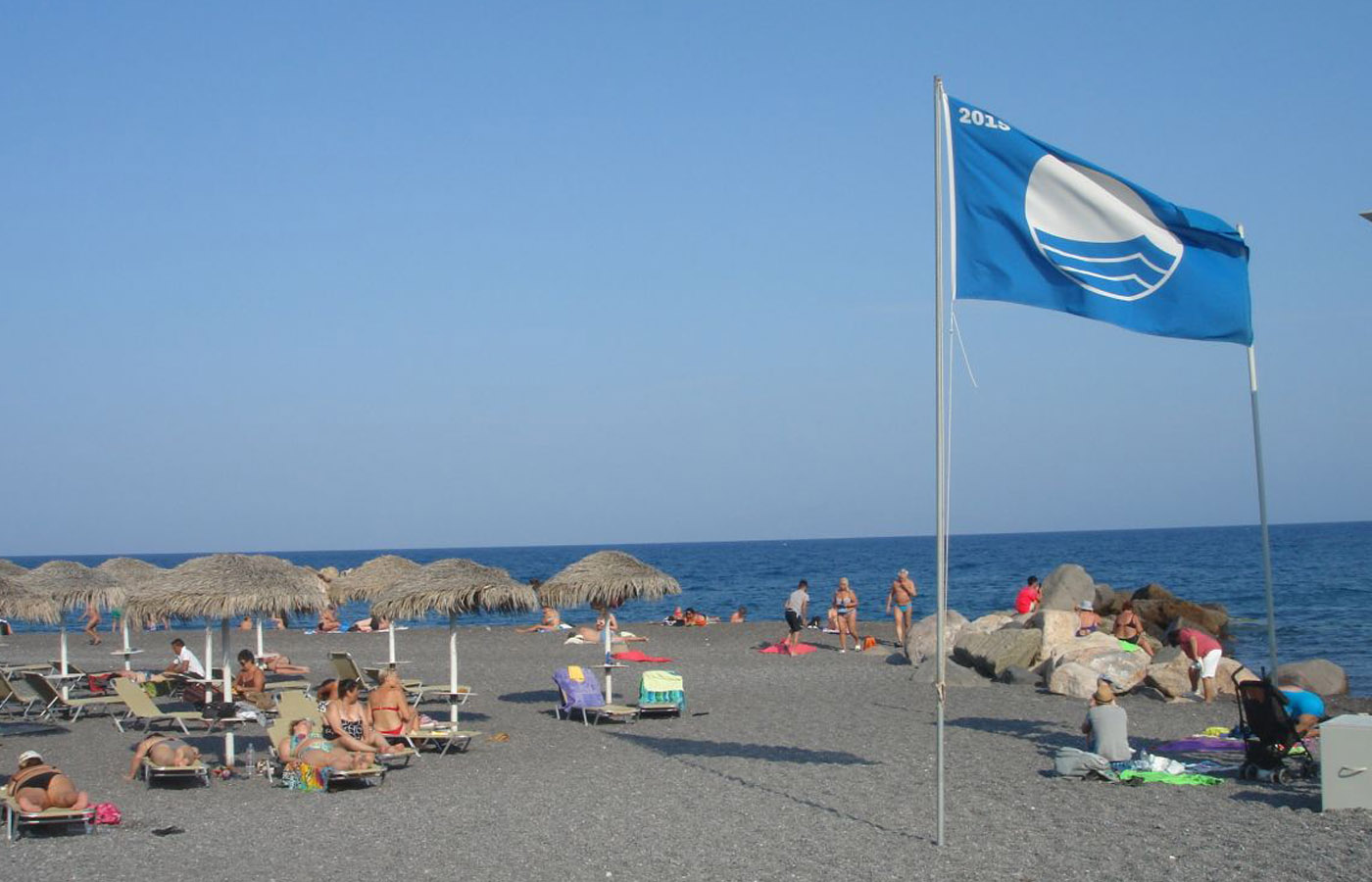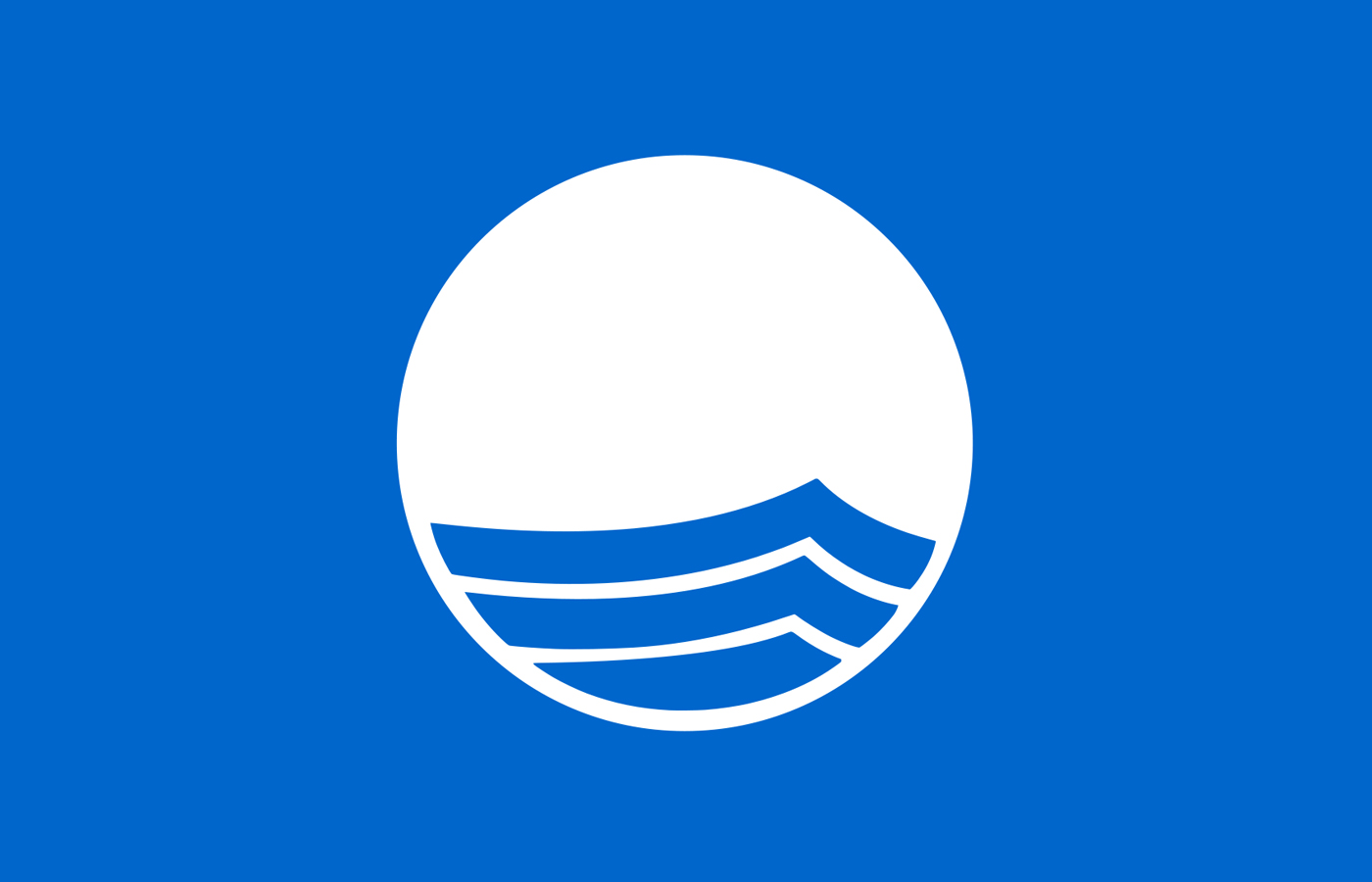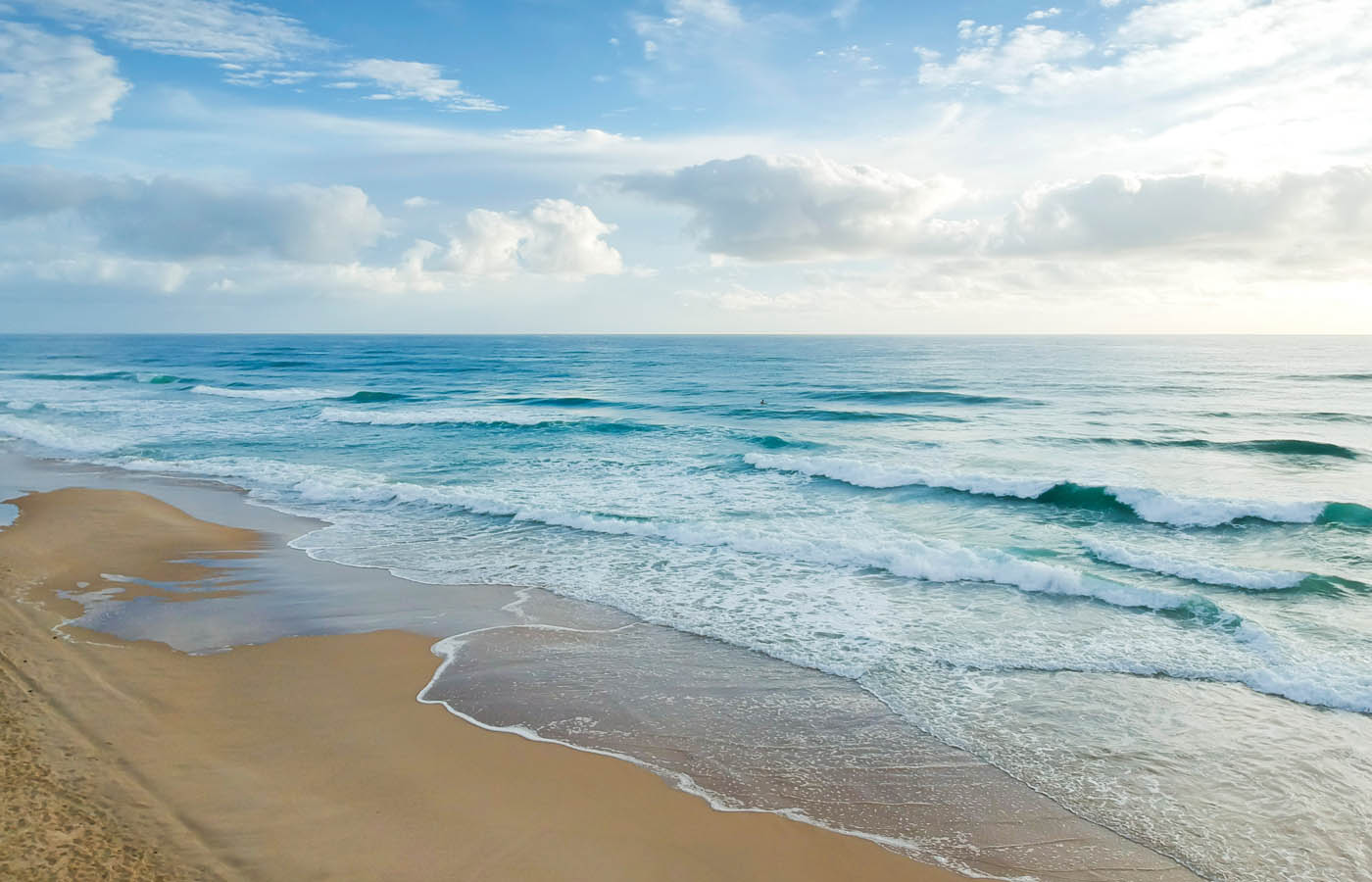With the quality of bathing water is in question throughout parts of the US, perhaps it is time to implement a simple system that people can use to identify the sanitary conditions of water, and whether it’s safe to enter those waters or not.
If you’re packing your bags for that summer beach vacation, this might be difficult news to hear. Therefore, if you’d rather not know and would like to blissfully head to the shore, the suggestion would be to close your browser now. According to a number of recent environmental reports, there’s been levels of fecal bacteria found in US waters.
Oh the joys of swimming in a body of water that is not a pool. I tend to find the confines of a pool’s walls and the stench of chemical chlorine annoying. I’ll go to a pool, but as a last resort, opting instead for a beach and the chance to swim in a boundless body of water like an ocean or lake, and frolic in the unending waves advancing towards the shore. But this is a rather utopian and romantic picture of swimming that’s full of naivety and innocence. Unfortunately, the reality can be the opposite, and the science is there to back it up. There’s more in the water than meets the eye, including, ta dah, fecal matter! Cause for concern? I think so. So, what can we do about this?

This is your health at stake, so it’s important not to underestimate the significance of the current state of bathing. And it’s probably in your best interest to do a little bit of homework on safe places to swim before rolling out your towel on the beach and hitting that water hard.
Thankfully, there’s some good news though! The level of pollution measured at a beach doesn’t stay the same day in and day out – it can depend on certain factors like the climate and weather. Winds, tides, and currents can carry more of the gross stuff closer to shore on some days more than on others. But the sad part is that the quality of water at many of the beaches being monitored was at what’s considered to be unsafe levels – on at least a quarter of the days tested. Yowzers.
According to The Guardian, the “National Water Quality Monitoring Council from 29 states and Puerto Rico … found that 58% of 2,620 beaches analyzed had fecal bacteria levels exceeding the “beach action value”, a threshold used by the Environmental Protection Agency (EPA)”.
Apparently, bodies of water in Illinois, Mississippi, Louisiana, Pennsylvania, Michigan, and Ohio are among the top offenders. While Better performing states include, New Hampshire, Maine, and Hawaii – as one might imagine. The flow of fecal matter into the water is usually from run-off and sewage overflows. If you do come into contact with the bacteria, you can experience symptoms like gastrointestinal illness, respiratory disease, eye and ear infections and get a skin rash.

The US isn’t alone, and don’t think that every body of water in Europe is clean either. The standards used to judge the cleanliness of bathing water between the two continents are different, and, thus, difficult to compare. But there is a system set up in Europe (and some other places throughout the world) by which people can visually identify, in a quick manner, the cleanliness of a beach, and the state of its bathing waters – it’s a color flag system.

At the most clean beaches in Europe, you’ll see a Blue Flag waving in the wind. A “Blue Flag is a certification by the Foundation for Environmental Education (FEE) that a beach” meets the highest sanitary standards as per Wikipedia. Meaning that only beaches maintained to the highest standards in terms of cleanliness and environmental purity are permitted to fly the blue flag. A-list Blue flag beaches can be found worldwide here.



